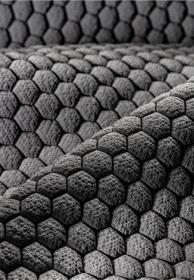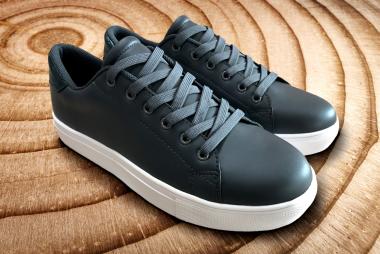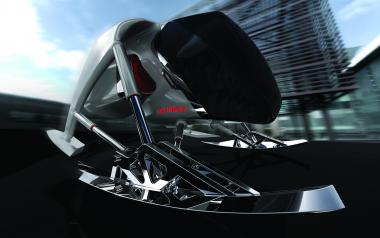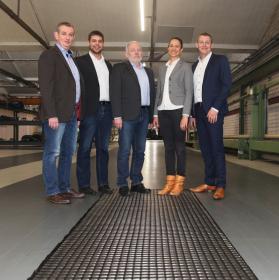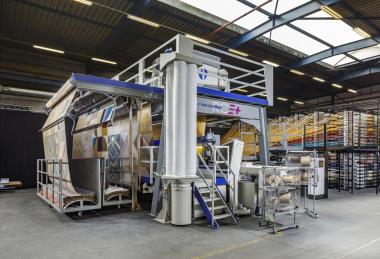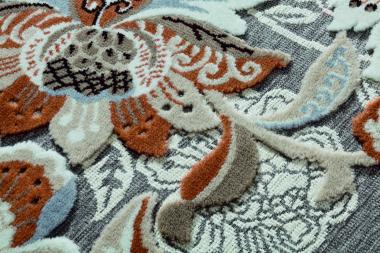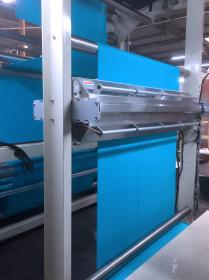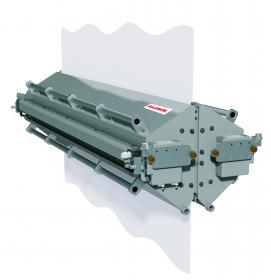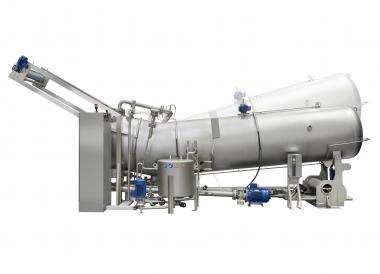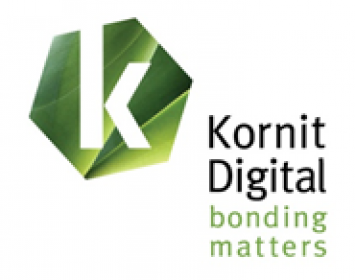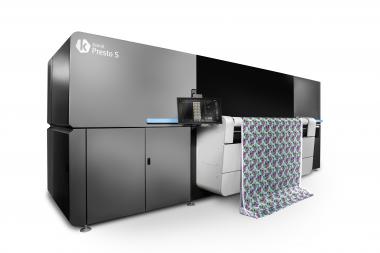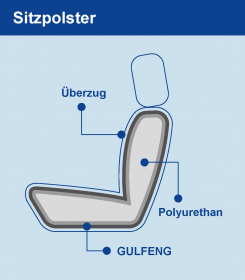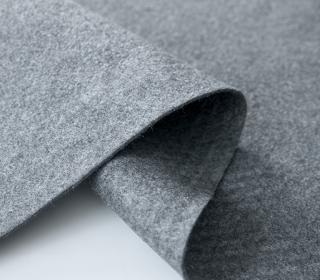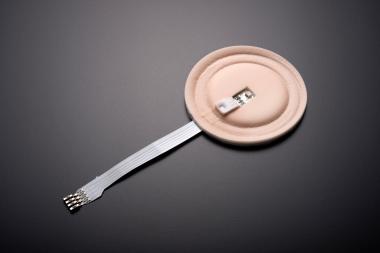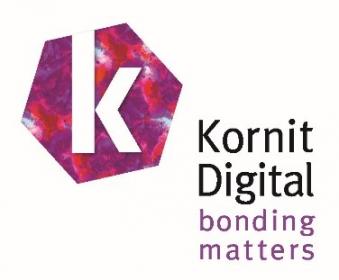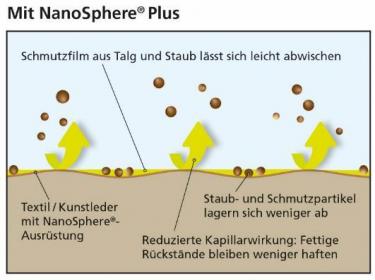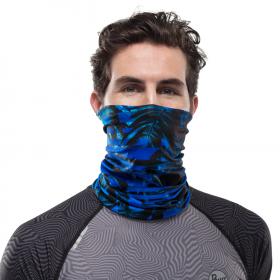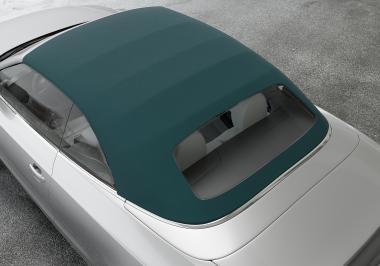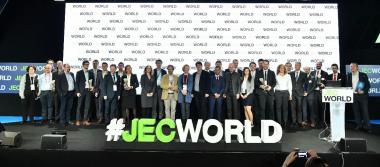Carl Meiser GmbH & Co. KG: Weltpremiere Materialinnovation
Auf der internationalen Messe Techtextil in Frankfurt präsentiert die Carl Meiser GmbH & Co. KG aus Albstadt erstmals die Materialinnovation nopma 3D protection einem breiten Fachpublikum.
Und bereits zur Weltpremiere wurde das Produkt auf der Messe zum Special Event „Urban Living – City of the Future“ nominiert. Bei dieser Zusammenarbeit aus Techtextil und der Niederländischen Kreativwirtschaft werden auf einem eigenen Themenareal Trends zum Leben in der Stadt der Zukunft gesondert hervorgehoben. Ausgewählte Innovationen aus Architektur und Bau, Mobilität, Medizin und Bekleidung werden so besonders gefördert.
nopma 3D protection bietet mit seinem auffallend dreidimensionalen Textileffekt dabei ganz neue Ansätze um moderne und komfortable Funktionsbekleidung für das Urban Cycling mit eingebautem Schutz zu realisieren. Gezielt werden aber auch Hersteller hochtechnischer Persönlicher Schutzausrüstung (PSA), wie zum Beispiel Feuerwehrbekleidung angesprochen. Erste Tests zeigen herausragende Eigenschaften der Temperaturisolation. Die Produkte können flammfest eingestellt werden.
Neben der Protektion erfüllt das Material über seine Schaumzellenstruktur auch hohe akustische Absorptionswerte. Schall wird aufgenommen und im Verbund gestreut und nicht mehr reflektiert. So können Räume und Büroflächen über Möbel oder akustisch wirksame Raumteilelemente positiv verändert werden. Durch die charakteristische Optik, welche dem Kundenwunsch angepasst werden kann, eröffnen sich weitere Anwendungsfelder.
Carl Meiser baut am Produktionsstandort Albstadt aktuell ein Technologie- und Innovationszentrum. Jens Meiser, Geschäftsführer beim innovativen Mittelständler, ist sicher „mit der Fertigstellung des Technologiezentrums Mitte diesen Jahres können wir unsere Kunden noch besser bei der Umsetzung der nopma 3D protection Technologie in deren Produkte unterstützen.“
Als kreativer Entwicklungspartner und Hersteller technischer Beschichtungen bietet NOPMA – Technische Textilien bewährte und neue Lösungen für die Luftfahrt-, Automobil- und Möbelindustrie sowie den Schutzbekleidungsmarkt.
Carl Meiser GmbH & Co. KG







